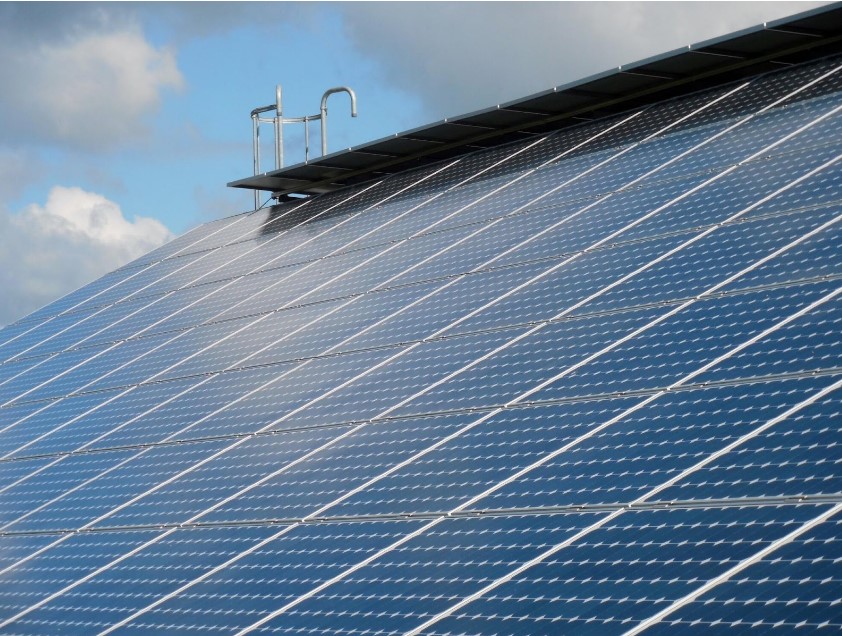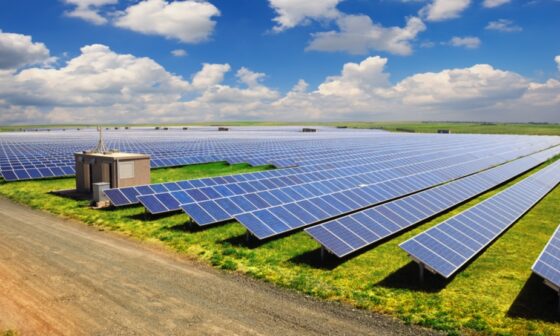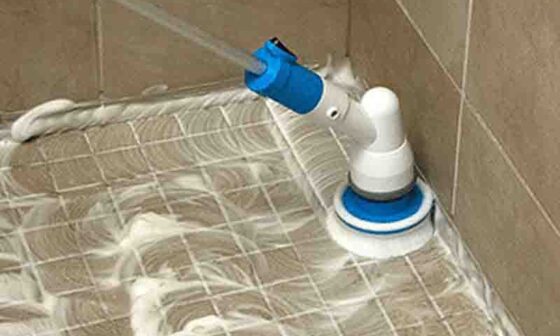Solar energy is now more popular than ever. How do solar powers work? Click to find out how solar panels for your home operate.
Even though the sun provides us with many different benefits, we don’t get to utilize the energy it gives us.
This is, of course, until people started to use solar power. Using solar panels, you can power anything from your home to your car. You can even make money by selling the energy you don’t use back to the electricity company.
How do solar powers work? That’s what you’ve got us for. Let’s take a look at this simple guide.
Sunlight Absorption
Solar panels are made to get as much sunshine as possible. They are usually put up in places with a lot of sunshine and at an angle to get the most sunlight throughout the day.
Photons are tiny energy that comes from the sun and hit the solar panels. The solar cells inside the panels are made of semiconducting materials like silicon, which have special properties that allow them to capture photons.
As the photons hit the surface of the solar cells, they send their energy to the electrons in the material. This causes the electrons to get excited and break free from their atomic bonds. The solar effect is the name for this process.
Electron Excitation
Once the photons give their energy to the electrons, the electrons that were stuck together are freed. Solar cells use semiconducting materials that have imperfections added to them on purpose to make an electric field. This electric field helps pull the electrons away from their atoms.
The freed electrons are then sent to the solar cell’s surface, where they can be gathered. But the semiconducting material is made so that only some electrons can move around easily while others stay put. This separation of electrons makes a voltage potential across the solar cell, with a negative charge at one end and a positive charge at the other.
The electric field inside the solar cell ensures that the separated charges move in the right direction, creating an electric current.
Electric Field Generation
The electric field inside the solar cell is a key part of how sunlight is turned into power. It comes from how the solar cell is built, which has several layers.
The most important layer is the one made of silicon, which is called the semiconductor layer. This layer is polluted with elements to make a p-n junction, where one side is positively charged (the p-side), and the other is negatively charged (the n-side).
The electric field is made up of this p-n circuit. When the excited electrons are set in motion and move toward the solar cell’s surface, the electric field works as a barrier to stop them from returning to the semiconductor material. Instead, the electric field pushes the electrons in one way, making a flow of electricity. This current flows through metal contacts on the solar cell’s surface, which are linked to an outside circuit.
Current Flow
The flow of electrons through the external circuit constitutes an electric current. This current can be harnessed to power electrical devices or stored for later use. For example, in a residential solar power system, the current generated by the solar panels can be directed to power household appliances and lighting.
In larger-scale solar installations, such as solar farms, the electricity generated can be fed into the electrical grid to provide power to communities. The amount of electricity generated depends on various factors, including the intensity of sunlight, the solar panels’ efficiency, and the solar array’s size. By utilizing this clean energy source, solar power helps reduce dependence on fossil fuels and mitigates environmental impact.
Inverter- Energy Conversion
The electricity generated by solar panels is typically in the form of direct current (DC), which is different from the alternating current (AC) used in most household appliances and the electrical grid.
To make the electricity compatible with standard electrical devices and the grid, an inverter is used. The inverter’s role is to convert the DC electricity from the solar panels into AC electricity.
It achieves this by periodically switching the direction of the current, creating a sinusoidal waveform similar to the AC power supplied by the grid. This converted AC electricity can then be used directly to power homes, businesses, or other electrical loads, or it can be fed into the grid for distribution to other consumers.
Grid Connection (Optional)
Solar power systems can be hooked up to the power grid or work without the grid (off-grid). Grid-connected systems are more popular, and they have the benefit of always having power.
In a system linked to the grid, if the solar panels make more power than is needed, the extra power can be sent back into the grid. Depending on the rules in your area, this is called “net metering” or “feed-in tariffs.”
Users may get points or money for the energy they add to the grid that is more than they need. If you want to know how much solar panels cost, you can click on this link to learn more about prices and what factors affect them.
Energy Storage (Optional)
Some solar power systems have energy storage built so that extra electricity made when there is a lot of sunlight can be used later. This step is especially helpful for off-grid or independent systems that don’t connect to the power grid or for grid-connected systems where the user wants backup power if the grid goes down. Batteries and other energy storage devices are used to store the extra power.
When the solar panels make more power than is needed immediately, the extra power is used to charge the batteries. The stored energy can then be used when the power needs are higher than the solar panels can produce, like at night or on cloudy days.
Energy storage helps ensure a steady flow of power, makes systems more flexible, and makes the best use of solar energy, making it more reliable and less affected by outside factors.
Unravel the Mystery of How Do Solar Powers Work
Overall, solar panels are simple yet effective technology that is becoming ever more popular, both for its affordability and its environment-friendly nature. Understanding the basics of how do solar powers work is important for utilizing and appreciating this form of energy. With the right knowledge, the possibilities are endless. Why not give solar panels a try today?
Was this article helpful to you? If so, make sure to check out our blog for more useful information and resources.





